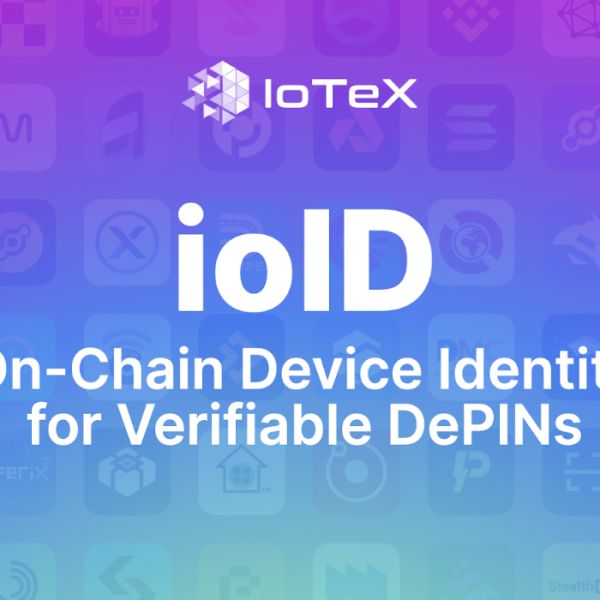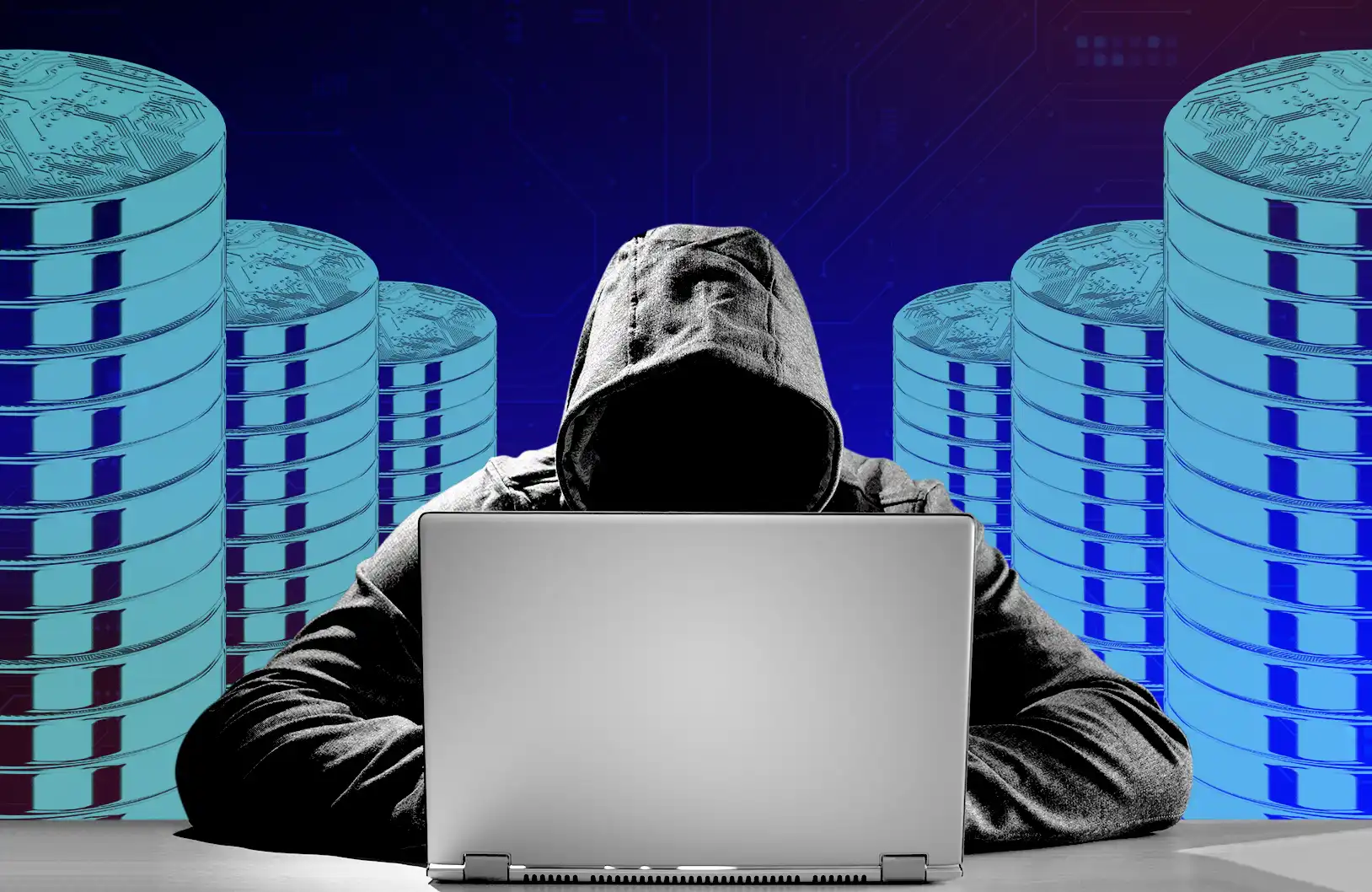Ethereum layer 2 Taiko rolls out Hoodi public testnet as Hekla nears sunset
Taiko has introduced its new public testnet, Hoodi, which now serves as the primary developer environment.
- The new testnet becomes the main environment as Hekla and Ethereum’s Holesky are deprecated.
- Hoodi adds preconfirmation support to improve transaction testing and simulate mainnet conditions.
- Developers must shift to Hoodi and withdraw assets from Hekla before Sept. 30 to avoid disruptions.
Taiko has rolled out a new public testnet called Hoodi, which went live on Sept. 25. The launch marks a major step in the project’s roadmap as it becomes the primary testing environment for developers working on Taiko’s Ethereum-based rollup.
At the same time, the long-serving Hekla testnet will sunset on Sept. 30, in line with the Ethereum Foundation’s decision to deprecate the Holesky testnet that Hekla was built upon.
Since its launch, Hekla played an important role in helping teams experiment with Ethereum ( ETH ) scaling through Taiko’s first based rollup, Alethia. Developers used it to refine products, test integrations, and ship applications ahead of Taiko’s mainnet deployment.
Now that Holesky has shut down, Taiko is moving its ecosystem to Hoodi to maintain continuity and provide stronger support for future expansion.
Key features of Hoodi testnet
The Hoodi testnet introduces preconfirmations, a feature designed to speed up transaction processing by offering early confirmations before full finality. This mechanism allows developers to test faster transaction flows and simulate mainnet conditions more closely.
Hoodi is also integrated with Ethereum’s validator and staking infrastructure, making it a reliable ground for testing real-world applications. Developers can access it using Taiko’s bridge and faucet tools, ensuring a smooth migration for teams building across the ecosystem.
It is expected that the underlying layer 1 testnet will continue to function until 2028, providing infrastructure providers and staking operators with long-term stability.
Taiko’s upcoming updates
Additional improvements are scheduled for Q4 2025 as part of Taiko’s ongoing roadmap development. Alongside the Shasta hard fork, the project is getting ready to launch the Gwyneth testnet, which will result in improved base fees, reduced transaction costs, and a complete transition to zero-knowledge proofs. Later this year, preconfirmations on the mainnet are also expected.
To prevent any disruptions, developers currently working on Hekla must complete the Hoodi migration by Sept. 30. This includes removing any testnet assets.
Disclaimer: The content of this article solely reflects the author's opinion and does not represent the platform in any capacity. This article is not intended to serve as a reference for making investment decisions.
You may also like
IoTeX launches the world's first on-chain identity solution ioID designed specifically for smart devices
ioID is revolutionizing identity management for smart devices, allowing DePIN to authenticate devices, protect data, and unlock next-generation application scenarios within a user-owned ecosystem compatible with any blockchain.

Mars Morning News | Last week, global listed companies made a net purchase of $13.4 million in BTC, while Strategy did not buy any Bitcoin last week
Expectations for a Federal Reserve interest rate cut in December have risen, with Bitcoin briefly surpassing $89,000 and the Nasdaq surging 2.69%. There are internal disagreements within the Fed regarding rate cuts, causing a strong reaction in the cryptocurrency market. Summary generated by Mars AI. This summary is generated by the Mars AI model and its accuracy and completeness are still being iteratively updated.

The covert battle in the crypto industry escalates: 40% of job seekers are North Korean agents?
North Korean agents have infiltrated 15%-20% of crypto companies, and 30%-40% of job applications in the crypto industry may come from North Korean operatives. They act as proxies through remote work, using malware and social engineering to steal funds and manipulate infrastructure. North Korean hackers have stolen over $3 billion in cryptocurrency to fund nuclear weapons programs. Summary generated by Mars AI. This summary is generated by the Mars AI model, and its accuracy and completeness are still being iteratively improved.

Which targets are Wall Street short sellers eyeing? Goldman Sachs reveals the short-selling undercurrents amid the AI wave
Data shows that short selling in the US stock market has reached a five-year high. However, investors are not recklessly challenging AI giants; instead, they are targeting so-called "pseudo-beneficiaries"—companies that have surged on the AI concept but lack core competitiveness.
